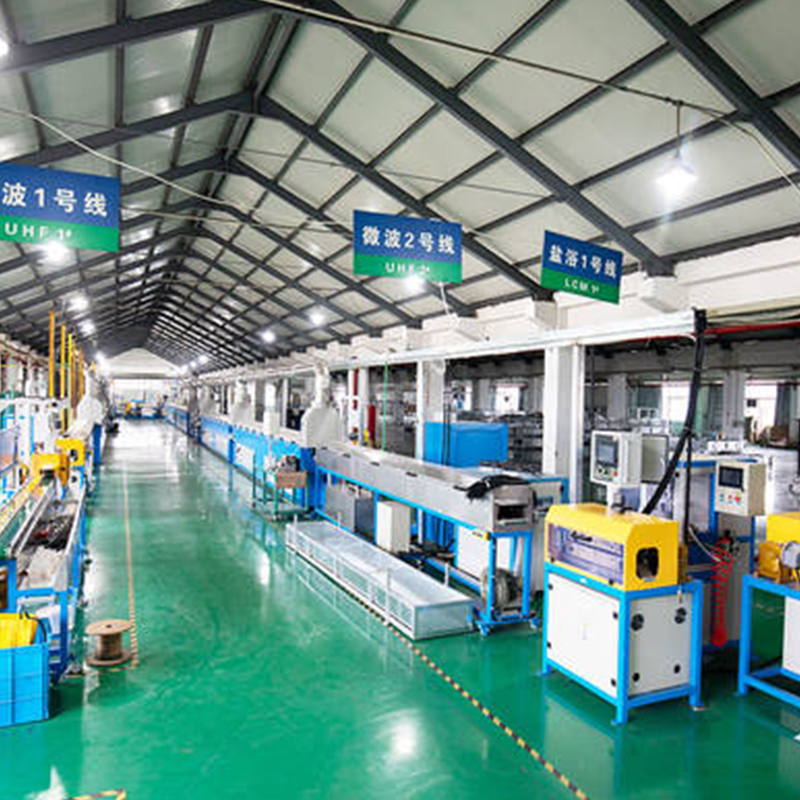Key Operational Considerations for Rubber Microwave Curing Ovens
As someone working daily with rubber processing equipment, including the rubber microwave curing oven, I've come to understand that successful operation of this machinery involves much more than simply powering it on and loading the material. The microwave curing oven is a highly specialized piece of equipment that demands a strict adherence to operational protocols, not just to ensure safety, but to achieve consistent curing quality and maintain the longevity of the system. Based on hands-on experience and industry standards, I want to share a set of realistic, rigorous operational precautions that should guide the use of rubber microwave curing ovens.

Different rubber compounds cure differently under microwave conditions. Before starting a curing run, it's crucial to thoroughly understand the microwave absorption characteristics of the specific compound. Some formulations contain carbon black or other fillers that significantly influence how they interact with microwave energy. Inconsistent understanding or estimation of these parameters can uneven curing, scorching, or under-curing, which compromises product quality.
Always confirm with material suppliers or internal formulation teams about the dielectric properties of the compound to fine-tune the curing profile accordingly.
Before operating the oven, I conduct a standard pre-operation inspection. This includes:
Checking the magnetron output using the system's diagnostics to ensure consistent energy delivery.
Inspecting the conveyor belt for any wear or misalignment, as a misaligned belt can cause uneven exposure.
Verifying shielding integrity to prevent microwave leakage. Any damage to the mesh or door seals must be addressed immediately.
Confirming the temperature control system is functioning, as overheating can degrade both the rubber and the oven components.
Failing to perform these checks increases the risk of downtime, poor curing performance, or even safety incidents.
I've learned not to immediately operate the oven at full power. Instead, the system should be brought up to operating temperature and microwave power gradually. This not only stabilizes internal components but also minimizes thermal shock to the material. A stepped power increase helps avoid abrupt reactions in the rubber that can micro-cracking or internal stress build-up.
Similarly, when shutting down, it's practice to allow a gradual cooling period rather than powering down suddenly. This extends component life and prevents condensation or thermal stress.
Microwave curing generates considerable heat and moisture. Effective ventilation and humidity control are not optional—they are essential. I routinely monitor exhaust fan performance and make sure the humidity extraction systems are functional. Poor ventilation can moisture accumulation inside the oven, affecting both material cure and equipment condition. In some cases, it can even cause arcing or condensation inside the microwave cavity, both of which pose operational hazards.
Uniform loading across the conveyor is one of the simplest yet frequently overlooked factors. Inconsistent loading uneven energy distribution and cure profiles. I ensure that the product is evenly spaced and correctly aligned to maximize exposure to the electromagnetic field. For irregular-shaped or thick rubber profiles, adjustments in speed and power may be required, and I log each batch's settings for traceability.
Microwave ovens for rubber curing require more frequent calibration than conventional curing systems. I follow a strict monthly maintenance checklist that includes:
Magnetron and waveguide inspections
Conveyor alignment and motor lubrication
IR and microwave sensor calibration
Cleaning of any carbonized residue from inside the oven
Neglecting maintenance can energy loss, component damage, and batch inconsistencies.






 English
English 中文简体
中文简体 русский
русский



